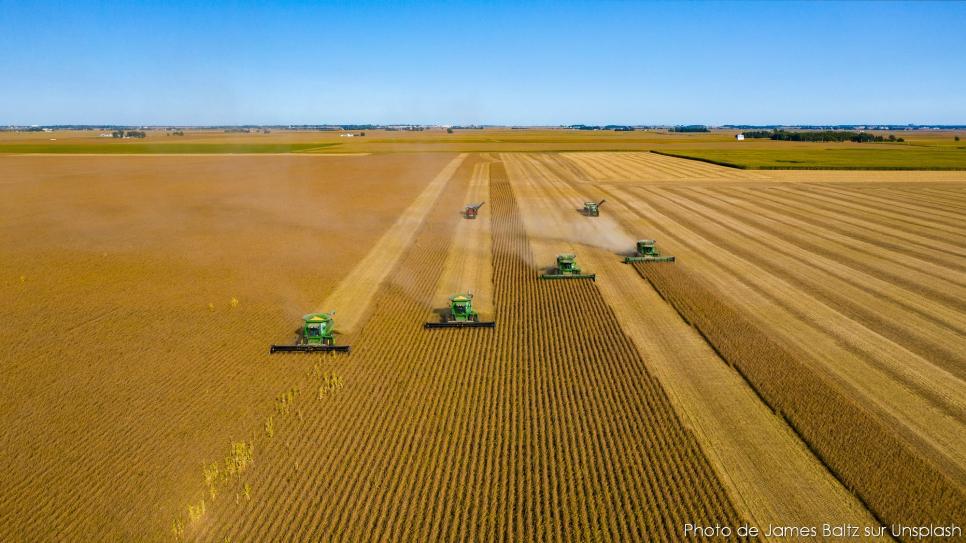Ultimately, knowing the precise number of crops that feed humanity is not the most essential point. It is, however, important to determine how agrobiodiversity will evolve in the years to come, and to understand the consequences of current trends. Over the last fifty years, the relative abundance of various food crops has changed. Nevertheless, while some have become rarer, or are even in decline, it seems that none has yet completely disappeared (2). Over the same period, diets have diversified in many countries. In Asia, for example, new crops such as wheat and potatoes have become established. This regional diversification has had the effect of homogenizing food sources worldwide: the number of crops available to consumers in certain countries has increased, while at the same time the relative importance of traditional local crops has declined. The consequences of this homogenization are manifold. While it can have positive effects in terms of productivity and the fight against undernutrition, the increase in monocultures increases vulnerability to pests and diseases. Nutritional problems, linked to unbalanced diets, are also likely to affect a greater number of people. What's more, in the years to come, the threat to food security is likely to be multiplied. Climate change, pressure on land, scarcity of resources, demographic growth... All these factors will further impair access to food, which is already deficient in many parts of the world: today, almost 800 million people do not have enough to eat. By 2050, an additional 2 billion people will inhabit the planet. To be able to feed the world's population, we will need to diversify diets, create more productive varieties, requiring fewer inputs, capable of resisting pests or new climatic conditions... Breeders and farmers will only succeed if they can draw on the widest possible pool of genetic and cultural diversity.


